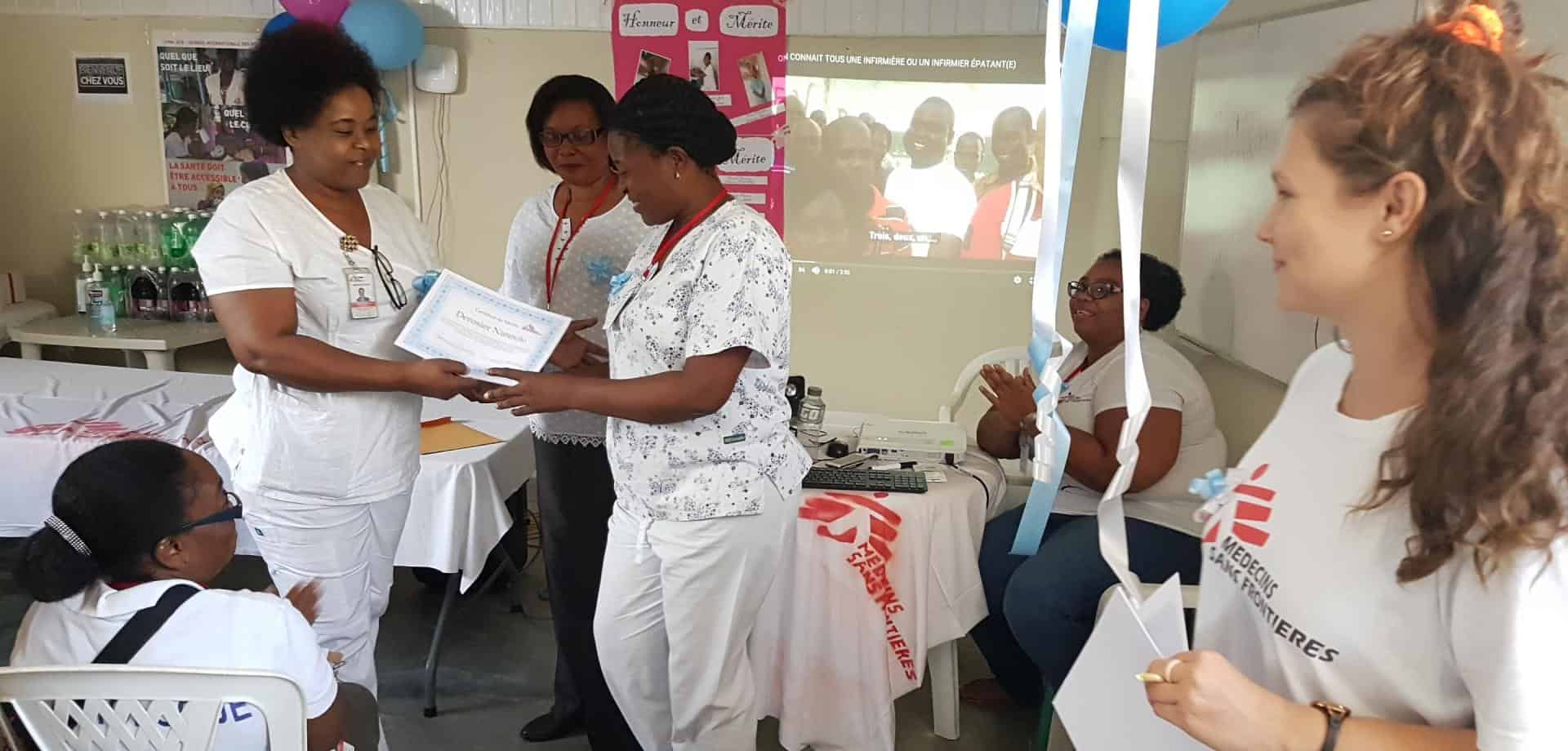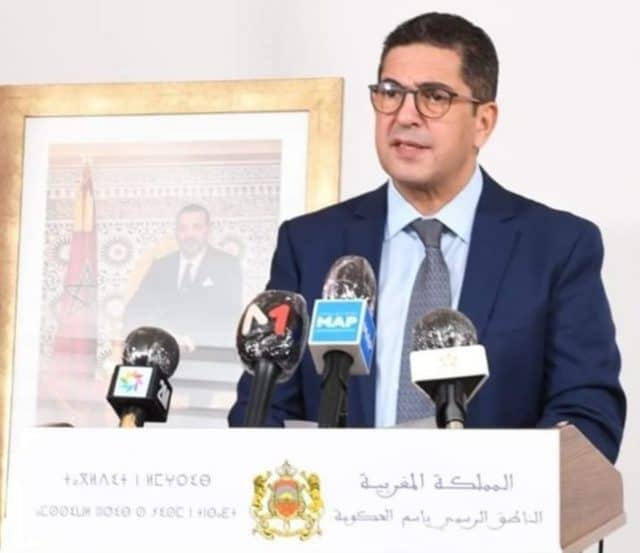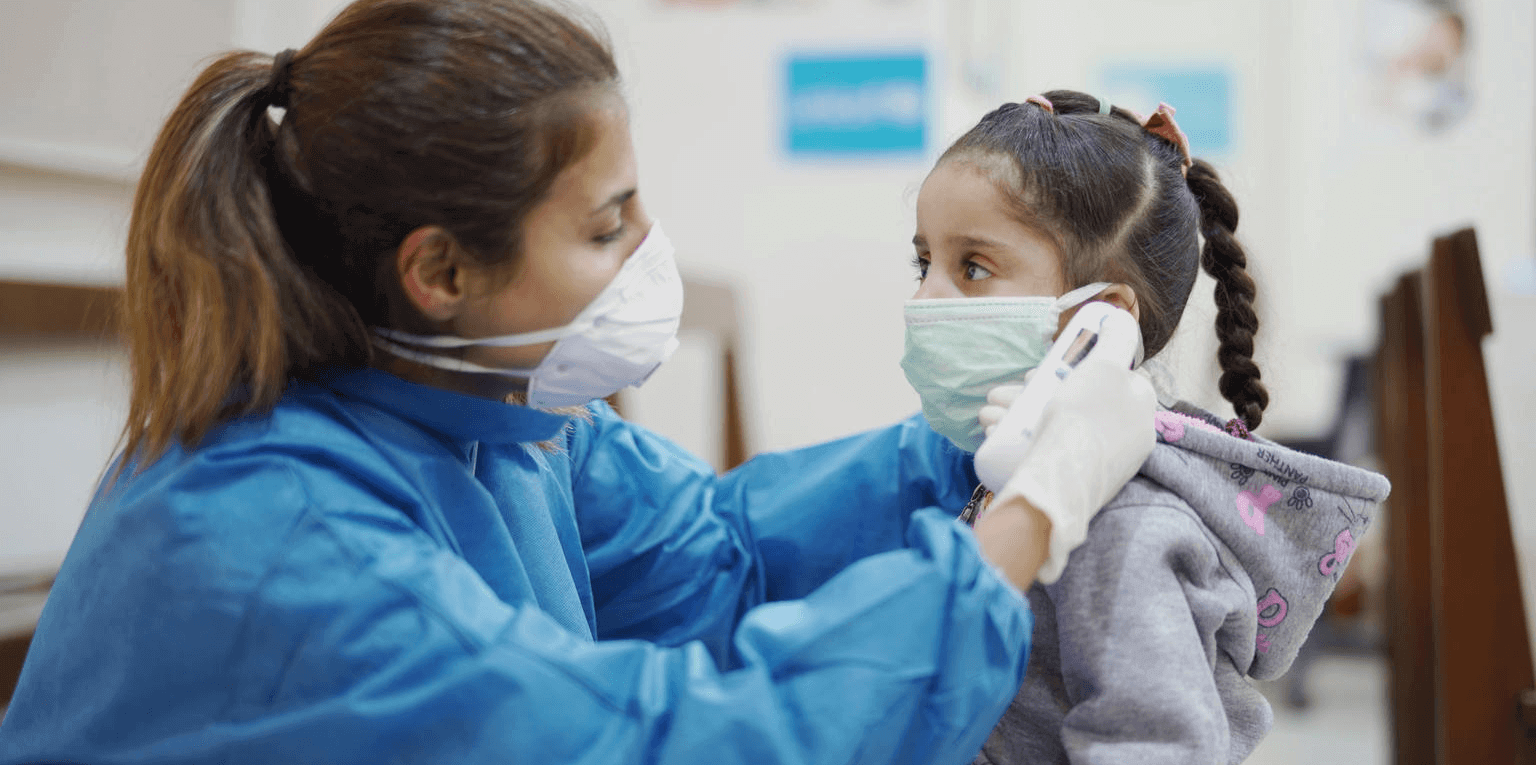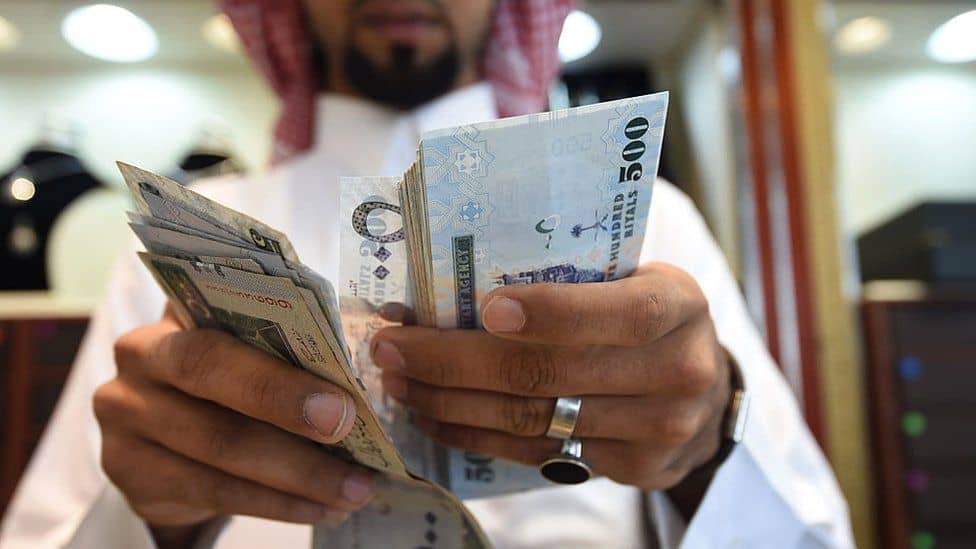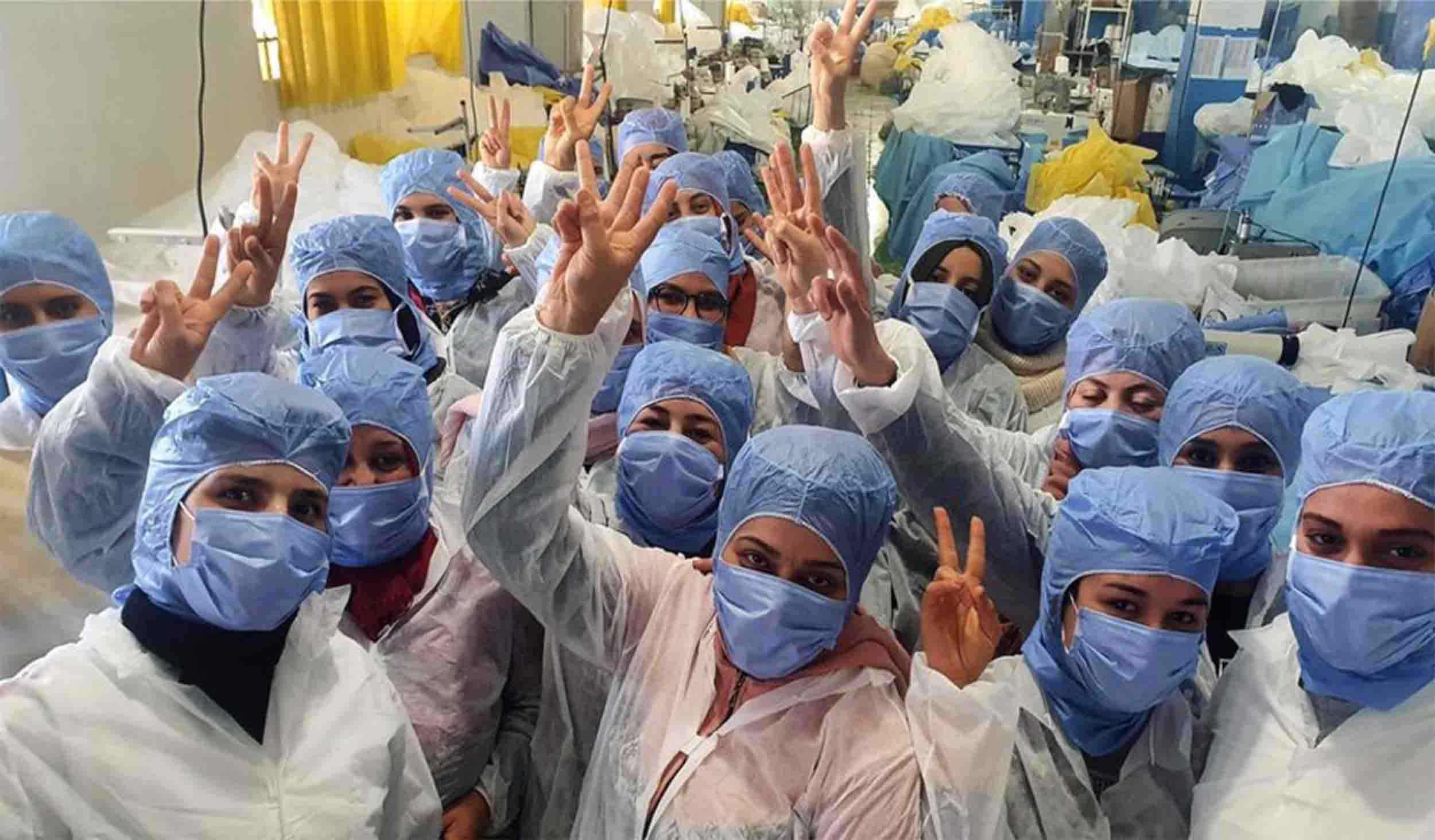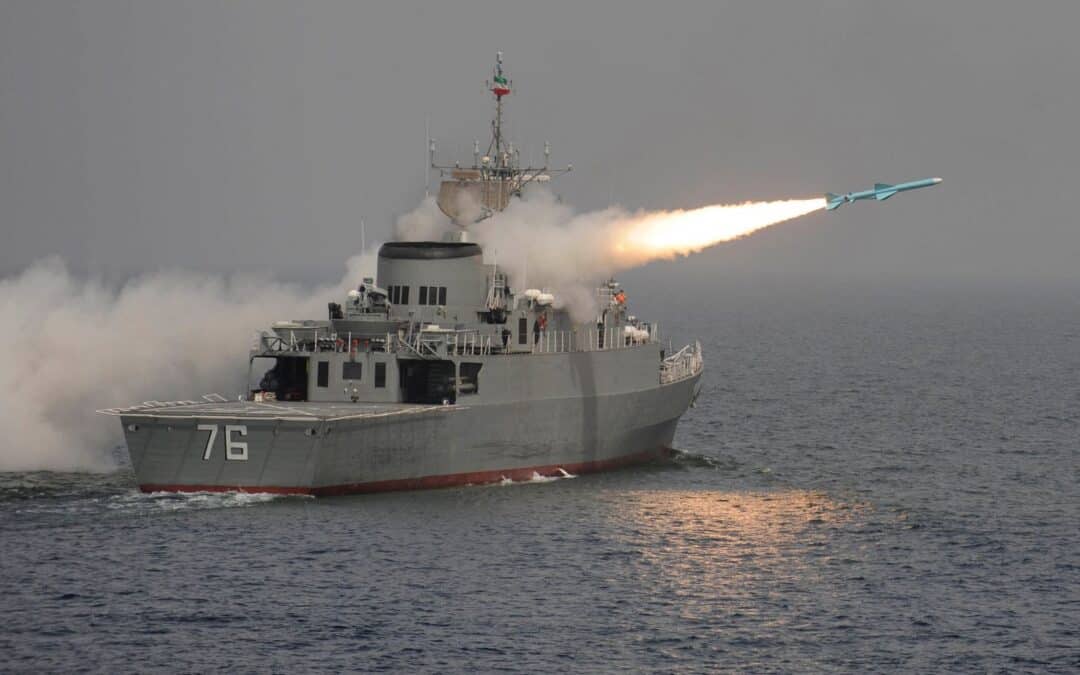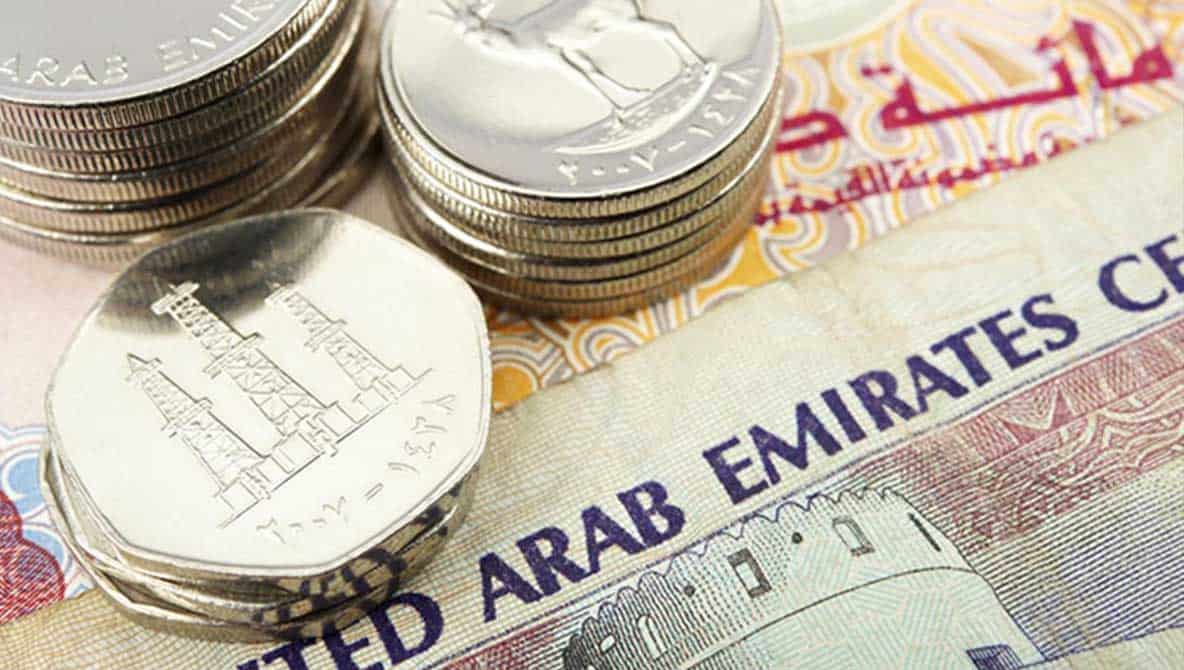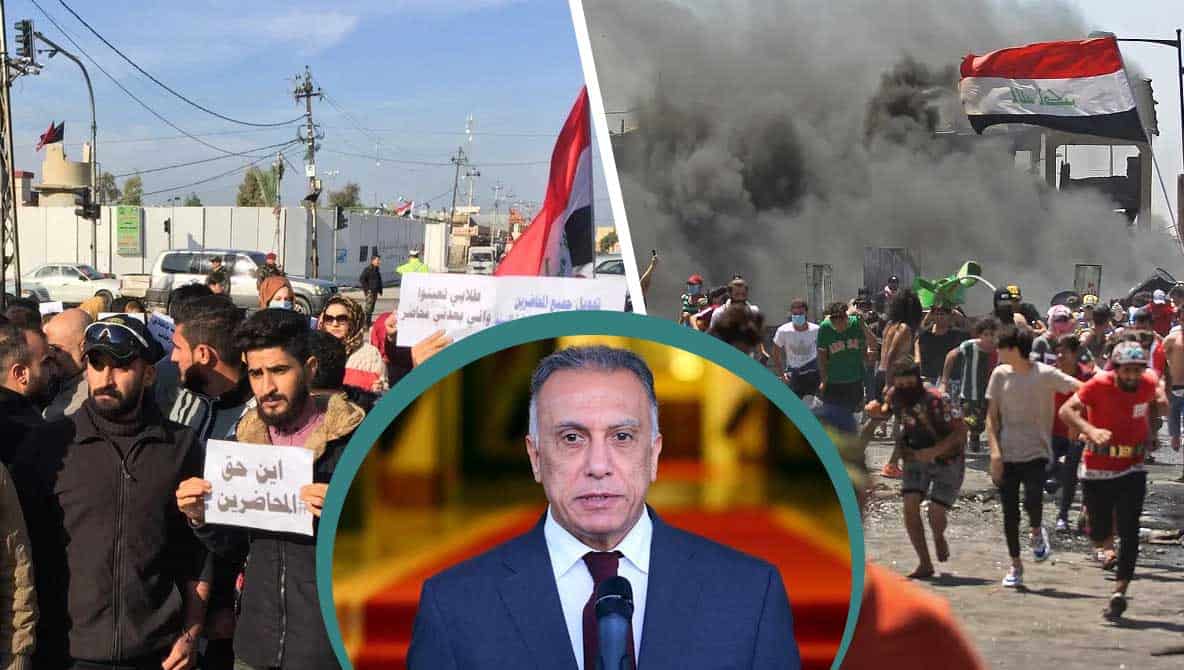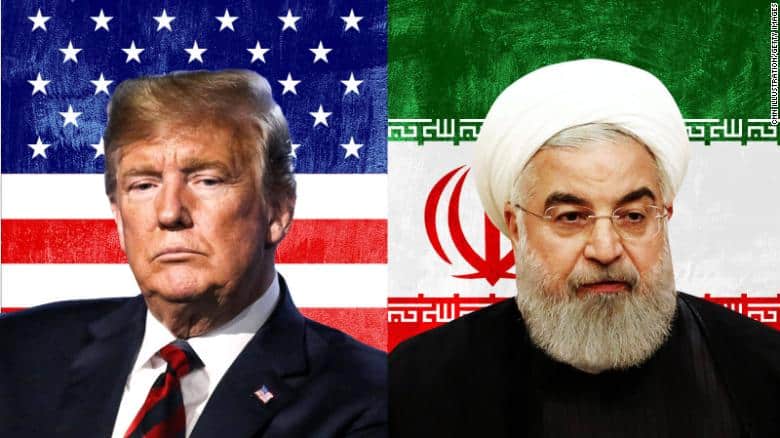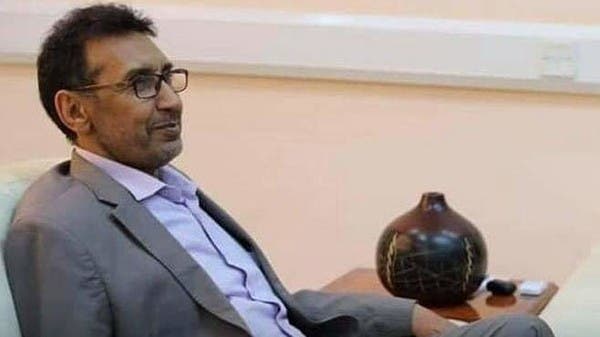When the World Health Organization (WHO) declared 2020 as the Year of the Nurse and Midwife, it could not have known just how highly regarded the health professionals would become this year as COVID-19 enveloped the world. The elevated status of sports stars and celebrities in society is often decried by those who point to the way we comparatively undervalue first responders like firefighters, paramedics, and, of course, nurses.
In one of the few positives to come out of the coronavirus pandemic, that narrative has been flipped on its head with side-lined stars instead taking to social media to thank the nurses and midwives caring for everyone during this difficult time. Around the world, people have been standing outside to clap and cheer on a regular basis for health workers, in a heart-warming acknowledgment of their importance.
It’s #InternationalNursesDay, the 200th anniversary of Florence Nightingale’s birth!
Today, we #SupportNursesAndMidwives by celebrating their bravery, kindness & dedication ?
Who is your favourite nurse? pic.twitter.com/gKN9N4iSy7
— World Health Organization (WHO) (@WHO) May 12, 2020
Nurses touch all our lives
We never know quite when we will need a nurse. A year and a half ago, I was run over by a motorbike, broke my femur, and spent 10 days in hospital at Agadir, Morocco, where I received excellent care from the nurses.
As a solo traveler, I had made some friends at the hostel I was staying at, but spent most days alone except for when the nurses would check in on me. All were professional and very caring, but some went the extra-mile, making them more memorable than others.
One nurse, who nicknamed herself “Madame Rainbow” because of her beautifully colorful hijab collection, was especially sweet. I sustained a nasty cut on the back of my head in the accident, and my very long hair was matted and tinged brown with dried blood. “Madame Rainbow” took the time to wash it, douse it in argan oil and gently brush out all the knots. She made me look much better and feel human again. I will never forget her thanks to this simple act of kindness.
I am also lucky enough to have a mum as a nurse, and have a first-hand understanding of the emotional and physical demands of her essential work. Once in nursing mode, my mum is practical and efficient, but she also takes the time and care to treat each of her patients as individuals, always with their best interests at heart.
She is patient, friendly and usually knows just how to interact—whether it’s the time for a laugh, or a more somber tone. I know this because in my small community people often tell me how wonderful my mum is. One gentleman, for example, still thanks her whenever they cross paths for “saving his life” after a serious farm accident some years ago.
Fortunately, my mum nurses in a little town in the countryside, yet to be affected by COVID-19, but many other nurses and midwives have bravely stepped up to fight the virus, regardless of the risks to their own health.
Nurses on the frontline of the COVID-19 fight
The devastating impact on the physical and mental health of medical workers is becoming more apparent as the pandemic progresses. A new investigation by the Associated Press (AP) today further revealed the suffering of nurses and doctors dealing with the virus in Iran, the Middle East’s COVID-19 epicenter.
Authorities forced Iranian doctors and nurses to treat patients without personal protective equipment (PPE) due to shortages, and so as not to create fear among the general public. As a result, AP estimates approximately one Iranian health worker has died per day, during the first 90 days of Iran’s coronavirus outbreak.
It also appears many COVID-19 deaths among Iranian medical workers have gone un- or under reported.
A group of Iranian doctors believe at least 126 health workers have died from COVID-19 while another 2,070 have been infected by the virus, while the official health ministry figures put the numbers at 107 fatalities and 470 infections. Regardless of the true figures, it is undeniable that health workers have been martyred in the pandemic response.
The toll on the living has been enormous as well. Doctors and nurses were forced to make gut-wrenching decisions about who to treat and provide ventilators to at Shafa Hospital in the Iranian city of Rasht—a devastating phenomenon that has been repeated in Italy, the US, and other countries whose medical systems were overrun by the virus.
A nurse from Shafa Hospital, who remained anonymous of fear of reprisals, told AP, “death certificates were written before they [patients] died.” Presumed COVID-19 deaths were instead recorded on death certificates as “heart attack” or “respiratory distress,” according to the nurse.
“It was my worst day in my life when they cut the oxygen. After work, when I went back home, I could do nothing but crying,” she added.
She is not alone. Nurses around the world are feeling the physical, mental, and emotional strain of being on the COVID-19 frontlines. They are often one of the only points of contact for coronavirus patients, since hospitals and care-homes were forced to implement strict no-visitation policies to prevent the spread of the highly contagious disease.
While nurses have been busy brightening the days of thousands of coronavirus patients with a kind word or just their presence, they too are suffering, often in silence from the psychological burden of responding to the pandemic.
Concerns are growing about post-traumatic stress disorder (PTSD) among medical staff who are forced to make difficult decisions, witness death, and other heart-breaking scenes from intensive care wards globally on a daily basis. Many are also dealing with these traumas alone as they choose to self-isolate away from their families for fear of passing on the virus.
Last week, Villanova University’s Fitzpatrick College of Nursing in the United States launched a nationwide study into the long-term physical, mental, and social health impact of COVID-19 on frontline workers.
“We’re very worried about post-traumatic stress disorder,” Nursing College Dean Donna Havens said.
“In many respects, some of these people may be very wounded after this experience,” she told local newspaper the Philadelphia Inquirer.
Back in Tehran, a local psychologist said he holds similar fears and has already begun treating nurses, doctors, and other first responders traumatized by their COVID-19 experiences.
One nurse said she was having a recurring nightmare where she was forced to bury her parents alone. Others he treated were dealing with suicidal thoughts or suffering from panic attacks after spending weeks grappling with the disease outbreak in under-resourced and overwhelmed hospitals.
“Do not try to be superheroes at the expense of your health in the long term,” UK psychotherapist and PTSD specialist Dr. Michael Duffy advised healthcare staff.
“We need you today and also in the months ahead,” he said back in March, before anyone knew just how extensive the COVID-19 pandemic would become.
Today as we reflect on their importance in the midst of COVID-19, WHO’s message that “nurses and midwives play a vital role in providing health services” has never been more poignant.
Not only do they play a vital role right now, but they are central to progressing global health, too. Approximately 70% of the world’s health and social workforce are women—many are nurses and midwives who, despite their essential work, remain undervalued, under resourced, and overworked.
If anything good is to come from this shocking pandemic, I hope it is an ongoing appreciation for the day-to-day contribution of nurses and midwives to our health care systems, and to society as a whole. I am optimistic that we will continue to hold up medical staffers as the everyday heroes they are, and applaud them not just at 8 p.m. during COVID-19 or on May 12 for International Nurses Day, but 365 days a year.
Read also: Could Inflammatory Infections in Children be Linked to COVID-19?

